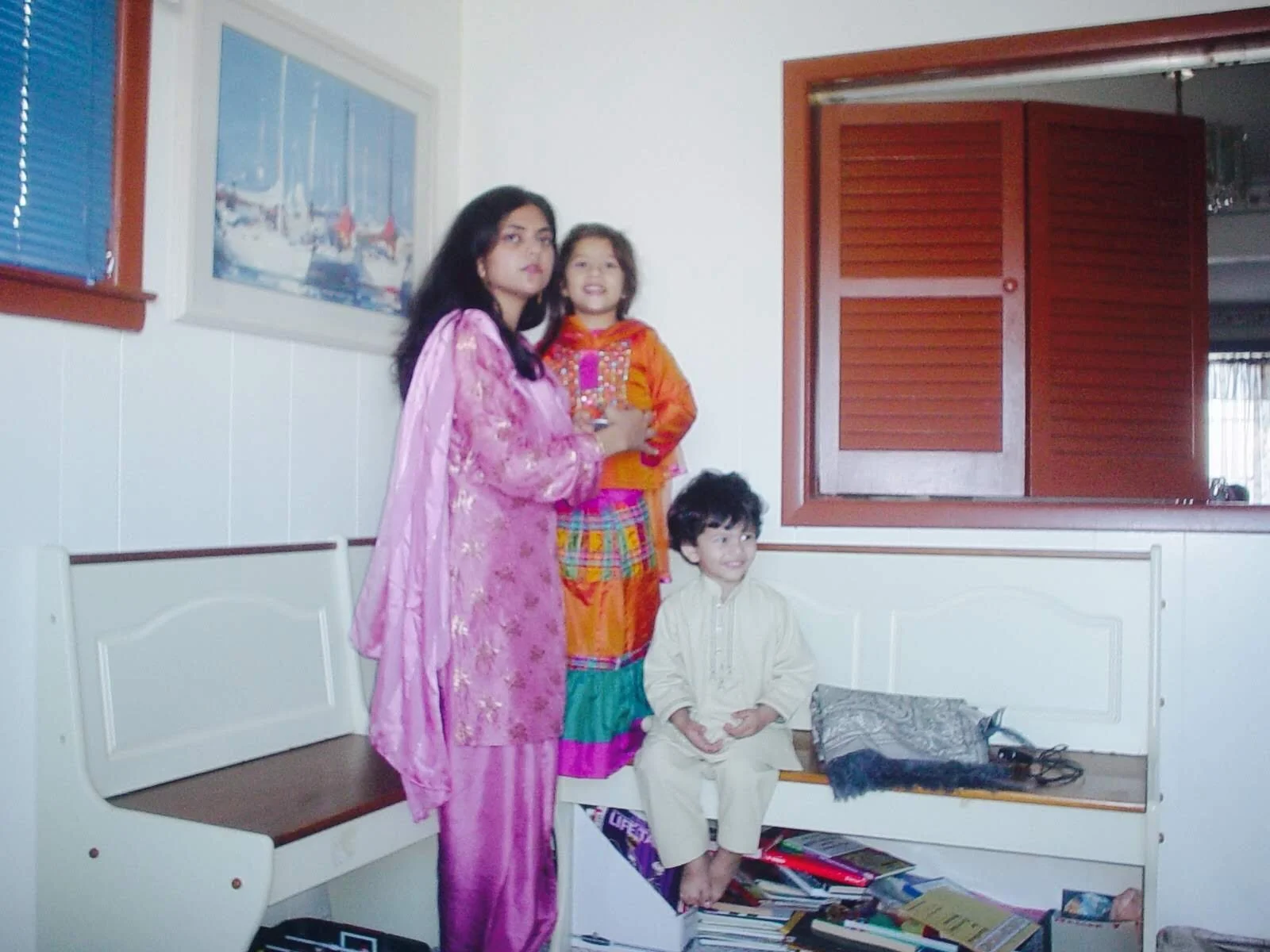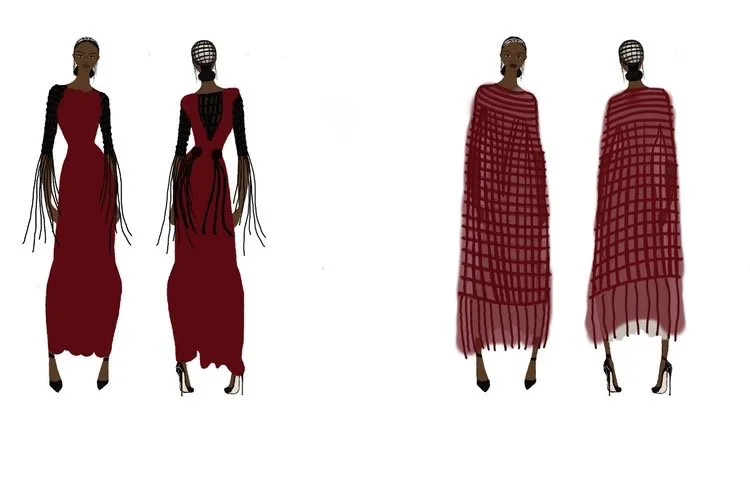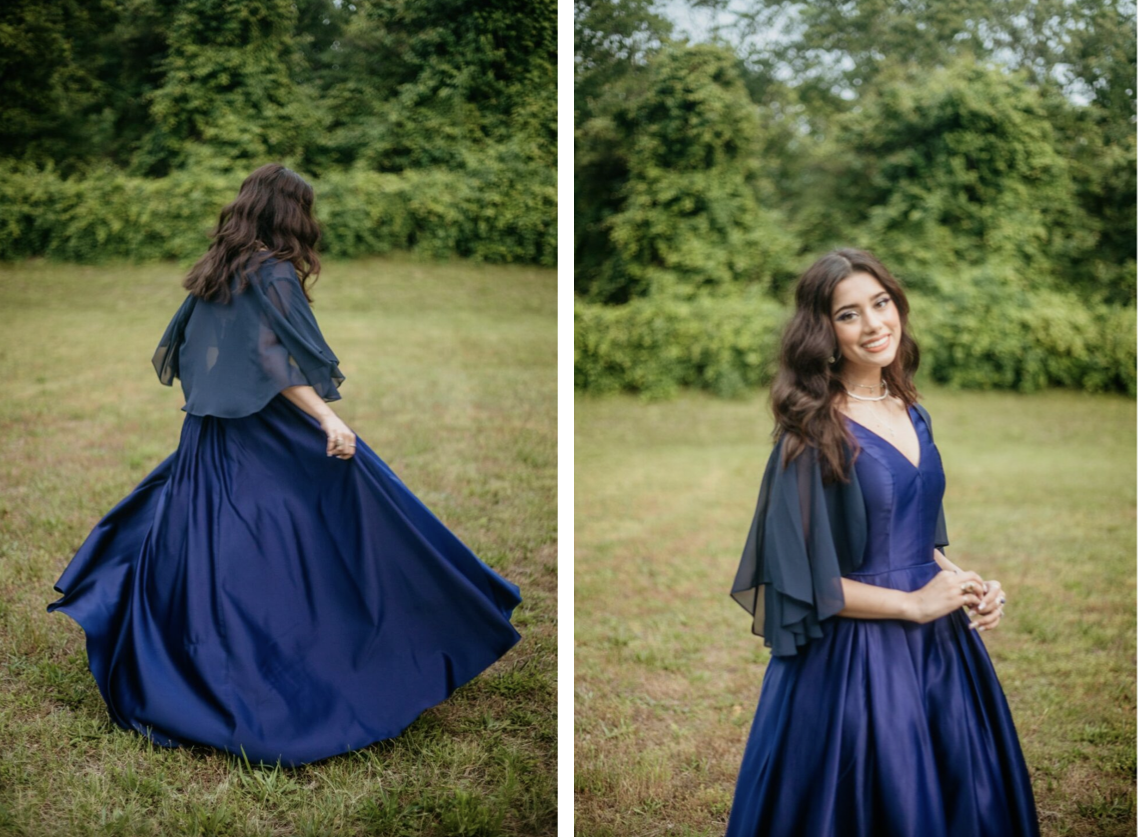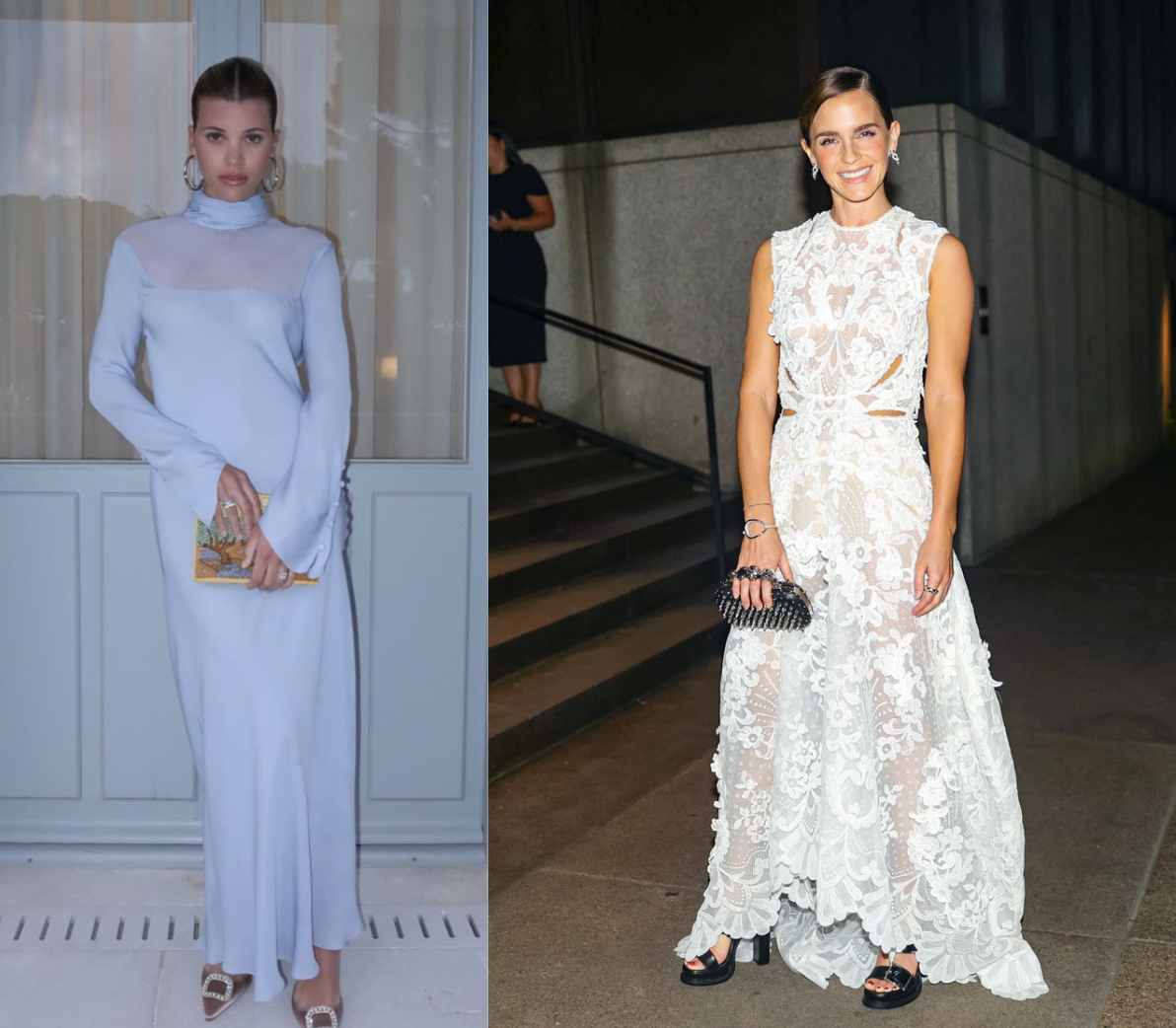Exploring Modesty: A Trend Worth Embracing
By Hala Idrees
Growing up, my Mama frequently told me how I dressed represented my inner self. As I navigate life as a young adult looking for my style, these words resonate even more. I was raised in a traditional Muslim household where modesty is encouraged and practiced. As the first-generation child of immigrants, I explored the world of fashion and trends in the Western world while still paying a silent ode to the modest ideals I grew up with and watched my family wear.
Modest wear is seen as an extension of most orthodox religious practices, but modesty is just a personal choice. While many religions encourage covering your body, there is no reason it should be seen solely as a religious attribute when so many people dress modestly just because they prefer being covered. It’s fascinating that showing more skin is constantly encouraged and seen as empowering. Still, when it comes to covering up, there is almost always a subtle distaste, assuming that oppression is involved. Specifically, it seems that women can only be celebrated for their choices regarding more revealing, expressive clothing choices.
Modest evening wear by Balenciaga, Valentino Garavani, and Bottega Veneta.
“Who is making her wear that?”
It’s less about who and more about her. According to The Sydney Morning Herald, the demand for modest fashion has increased by 15% Since 2018. Modest fashion has come into the spotlight in more ways than one; whether it be Muslim or Mormon influencers speaking up about their style guides or the uprise of looking like ‘quiet luxury,’ women are more confident about sharing how and why they choose to cover.
I spoke to Drexel Grad student Samandina Francois, who strictly dresses modestly due to religious beliefs and has used her time in the Fashion Design program to create modest pieces. We spoke about how luxury fashion brands consistently display modesty, while the mainstream is where it is seen as more of a trend. Francois has studied in Korea and London through Drexel’s study abroad program, and she discovered how much countries abroad embrace more coverage in clothing compared to America. She observes that finding clothing that doesn’t have constrictive properties made it very hard to transition to modest wear.
“Within the limitation of modesty, there is so much freedom.”
Sam’s designs prove you can be chic and modest.
Francois shared her thoughts on the wedding dress industry: “I watched Say Yes to the Dress for the longest time, and the women that go on the show must find extra fabric. Why do you have to go find extra fabric? Why can’t the dress come covered?” Younger women who wish to dress modestly are often met with the challenge of finding something modest that simultaneously suits their style. Typically, modest clothing is made for and marketed towards older women, neglecting the younger consumers seeking modest but appealing clothing. Sam’s tips for dressing more modestly? Keep your style and identity, and lengthen it by adding more fabric.
Me in my DIY modest Junior year Prom dress
I faced more stress than excitement when shopping for special occasions such as prom and my high school graduation. Everything seemed too mature if it was too modest or too immodest in my family’s eyes, even if it seemed modest to me. Modesty is a spectrum, and how you approach it depends on your beliefs and preferences. Some people may view chest to knees covered as modest, while for others, modesty is covering your entire body, including the silhouette of it. IF brands attempted to offer a wider variety of coverage, even if it meant just including a few pieces intentionally catering to a modest audience, it would be easier to shop for special occasions. I draped a shawl on my junior-year prom dress to offer more coverage while maintaining it for the hot summer weather. It was a simple fix; if more brands catered to younger consumers who prefer to dress modestly, I would’ve had an easier time shopping for my prom dress.
While modest trends led by faces like Sofia Richie and Emma Watson persevere, there is still more potential that the modest-wear market could bring to the fashion industry. Online retailers such as Modanisa have expanded to offer modest vacation wear, while luxury retailers such as Bottega Veneta provide modest evening wear. Mid-price-point brands such as Madewell, ASOS, Veiled, and Uniqlo have been releasing more covered style options in the past two years or so, but before that, people were left on their own to search for pieces without slits or cutouts that weren’t see-through and at a modest length. Layering became a modest dresser’s best friend. While this is sustainable in the winter, summer heat brings many challenges to modest dressers wanting to stay on trend while remaining covered. As trends come and go, there is an evident space for growth that involves diversifying design tactics to include more pieces of modest fashion.
Sophia Richie pictured in a high neck, long sleeve, draping silhouette light blue Khaite dress for her wedding festivities, and Emma Watson in a Fendi lace high neck dress at the 2023 Oscars.
While modest wear might not be your personal choice of attire, there is beauty and power in knowing there are choices. The fashion industry is constantly evolving, and growth is welcomed and encouraged. Offering and appreciating customers’ choice to dress modestly is crucial in an industry that promotes inclusivity. After all, everyone should be able to enter a store and find a prom dress that is just right for them.







